Poodle vs Bloodhound: Choosing the Right Companion for You
Discover the unique qualities and differences between the Poodle and Bloodhound breeds.
Welcome to our detailed comparison of the Poodle and Bloodhound. Whether you're considering which breed to welcome into your home or simply curious about their differences, this guide offers an in-depth look at their characteristics, temperaments, and care needs.
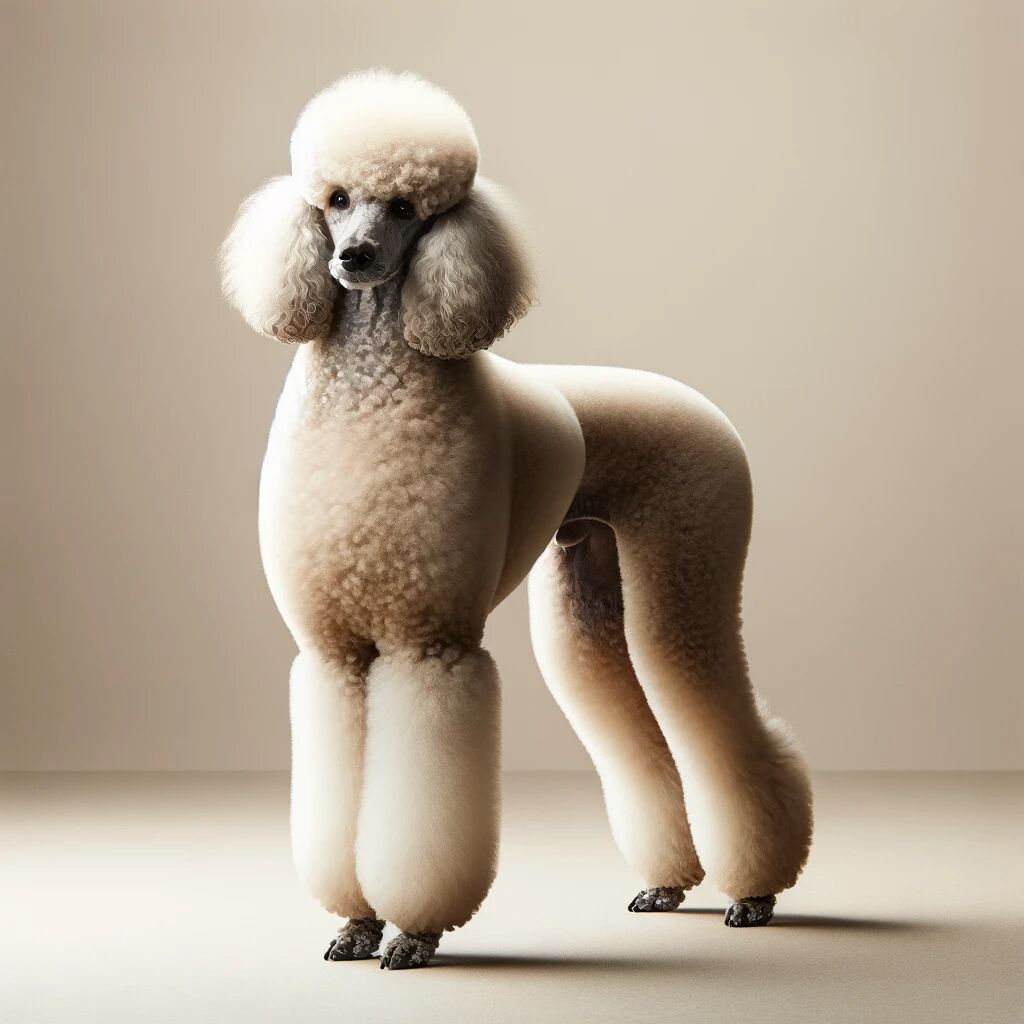
Poodle
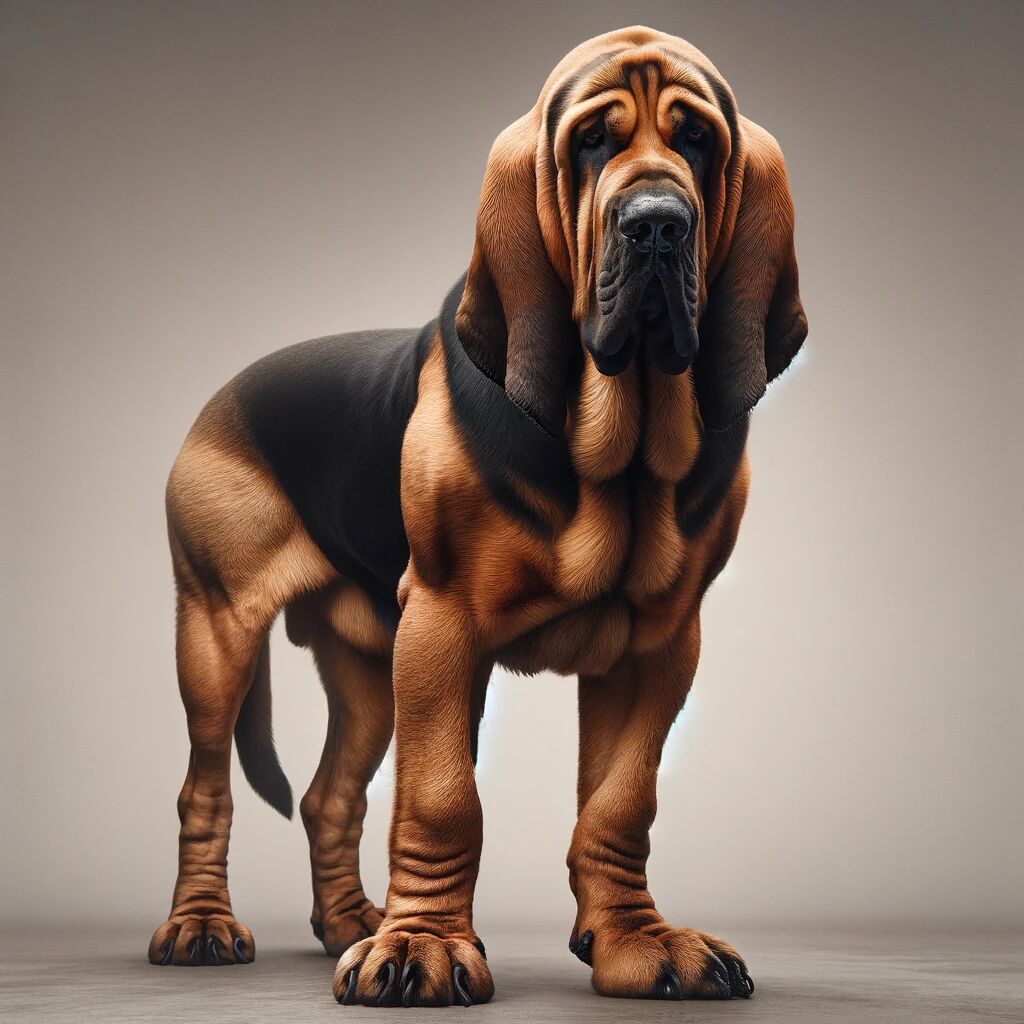
Bloodhound
Comparing Poodle and Bloodhound: A Detailed Overview
When considering the Poodle and the Bloodhound, we find unique and intriguing differences and similarities. Both breeds have their distinctive charm and characteristics, making them beloved by many.
The Poodle stands out with its very high energy level, contrasting the Bloodhound's high energy level.
The Poodle has a minimal shedding level, differing from the Bloodhound which shows a high shedding level.
Grooming the Poodle is professional, which is not the case with the Bloodhound, needing high grooming.
The Poodle is excellent to train, which contrasts with the Bloodhound's average training experience.
Neither the Poodle nor the Bloodhound are recommended for families with children, requiring more careful consideration for households with young members.
In terms of being hypoallergenic, the Poodle is hypoallergenic, unlike the Bloodhound which is not hypoallergenic.
The Poodle is categorized as a Varies (Toy, Miniature, Standard) breed, which contrasts with the Bloodhound, a Large breed, highlighting their physical differences.
The expected lifespan of the Poodle is 12-15 years, which differs from the Bloodhound that generally lives for 10-12 years years.
Concluding, the Poodle and Bloodhound each offer unique qualities and advantages. Your final choice should reflect your personal lifestyle, home environment, and the qualities you value most in a canine companion.
Comparative Overview
| Feature |
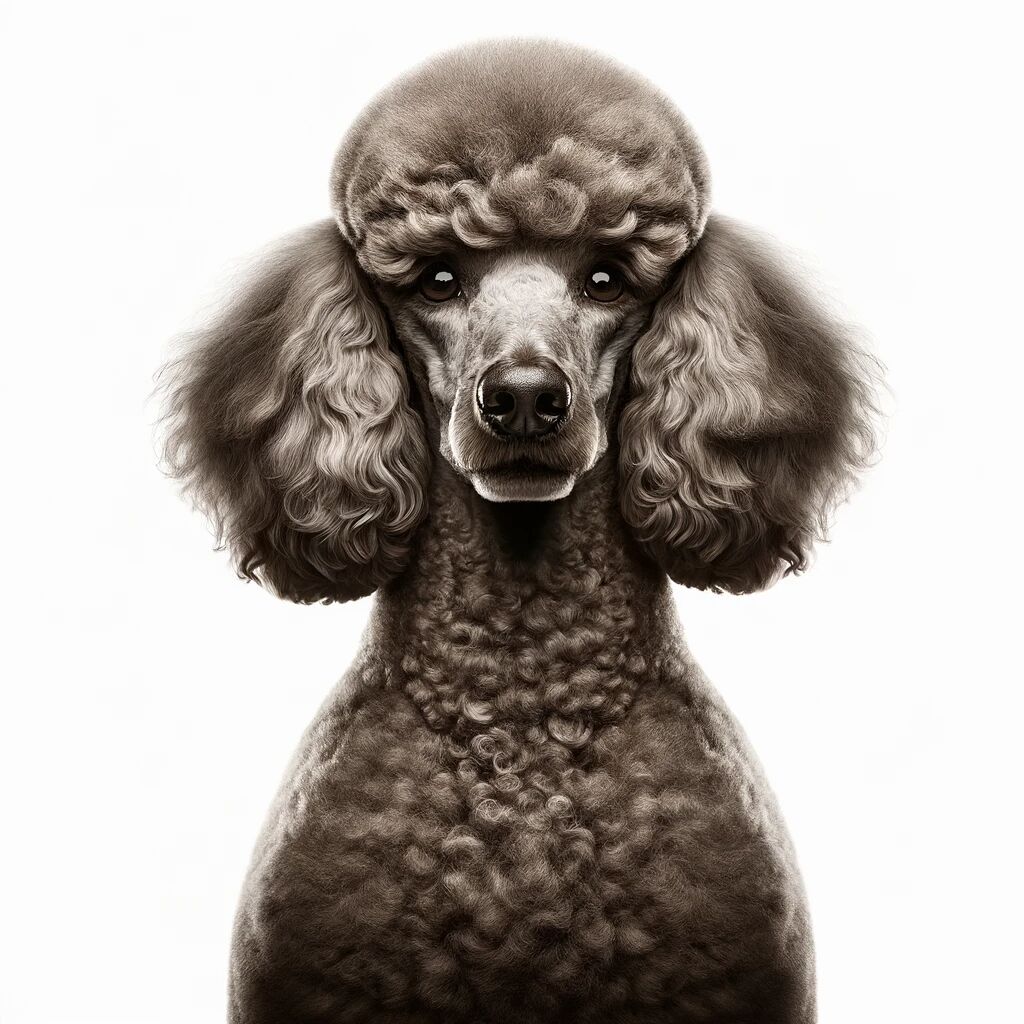 Poodle
Poodle
|
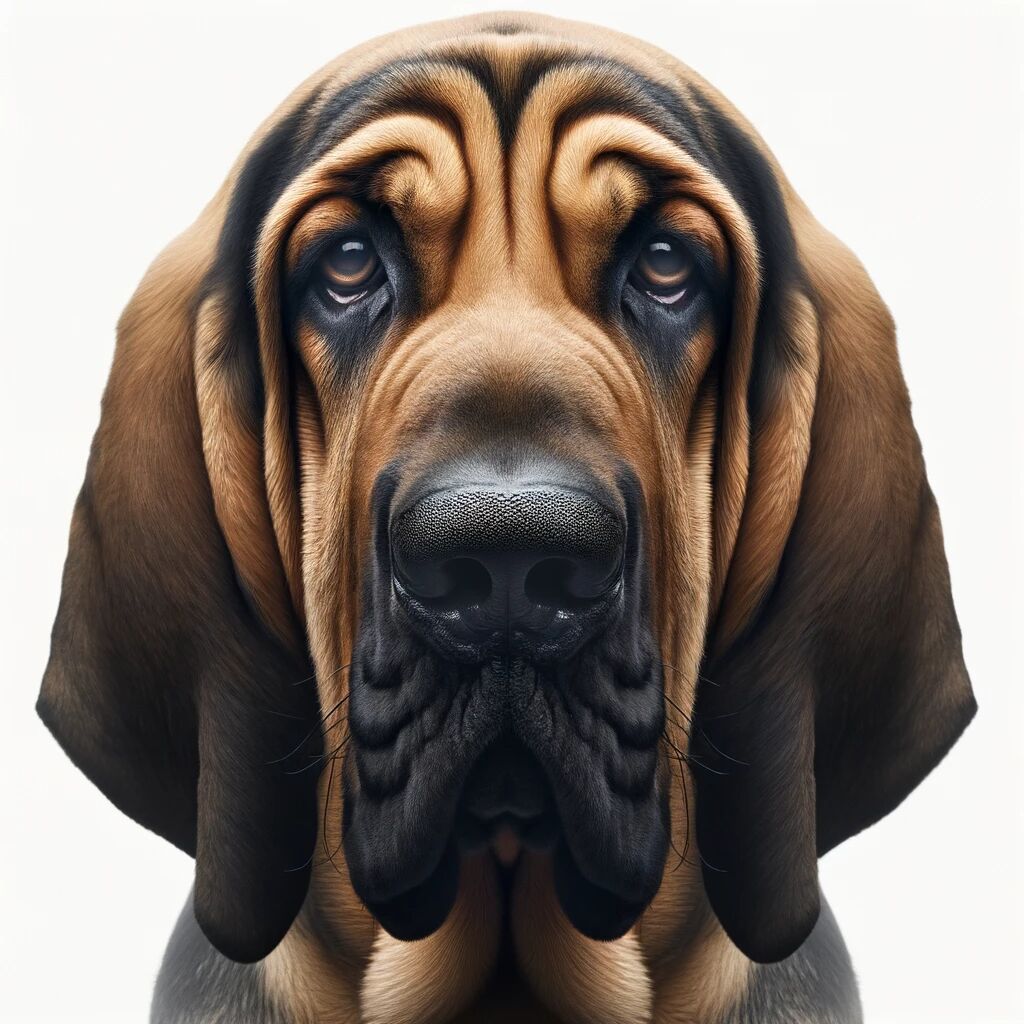 Bloodhound
Bloodhound
|
|---|---|---|
| Size | Varies (Toy, Miniature, Standard) | Large |
| Lifespan | 12-15 years | 10-12 years |
| Temperament | Intelligent, Active, Alert | Patient, Gentle, Determined |
| Energy Level | very high | high |
| Shedding Level | minimal | high |
| Grooming Needs | professional | high |
| Trainability | excellent | average |
| Good with Children | okay | okay |
| Hair Length | Medium to Long | Short |
| Hair Type | Curly | Smooth |
| Hypoallergenic | hypoallergenic | not hypoallergenic |
| Food Requirements | Poodles benefit from high-quality dog food suited to their size variant (standard, miniature, toy). Regular meals and limited treats help maintain their ideal weight. | Balanced diet suitable for large breeds with a tendency to gain weight if overfed. |
Conclusion
Both the Poodle and Bloodhound have unique qualities that make them beloved by many. Choosing the right breed depends on your lifestyle, space, and the time you can dedicate to grooming, training, and exercise. Consider all aspects to find the perfect furry companion for your home.
Test your knowledge
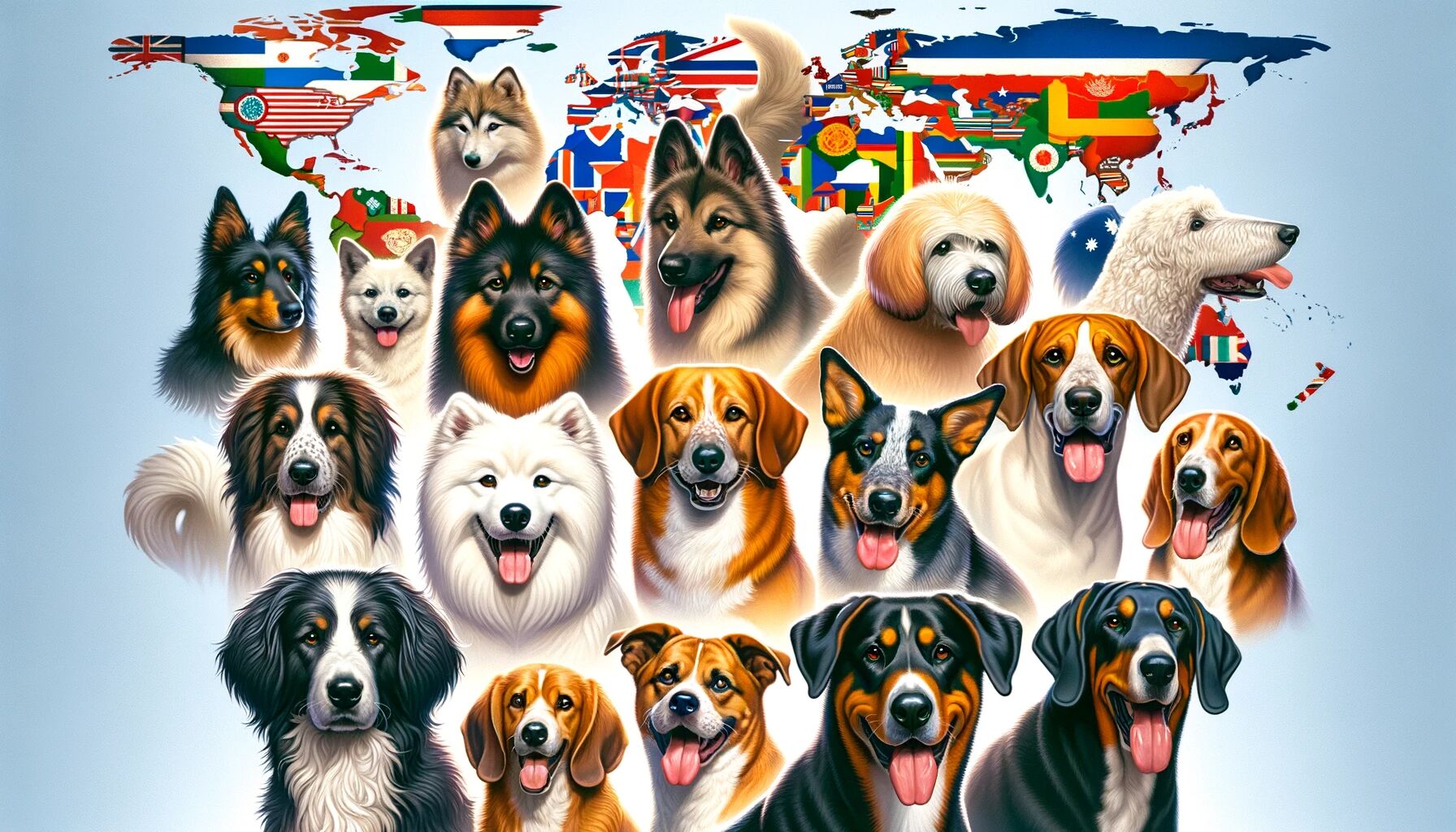 Breeds of the World
Breeds of the World